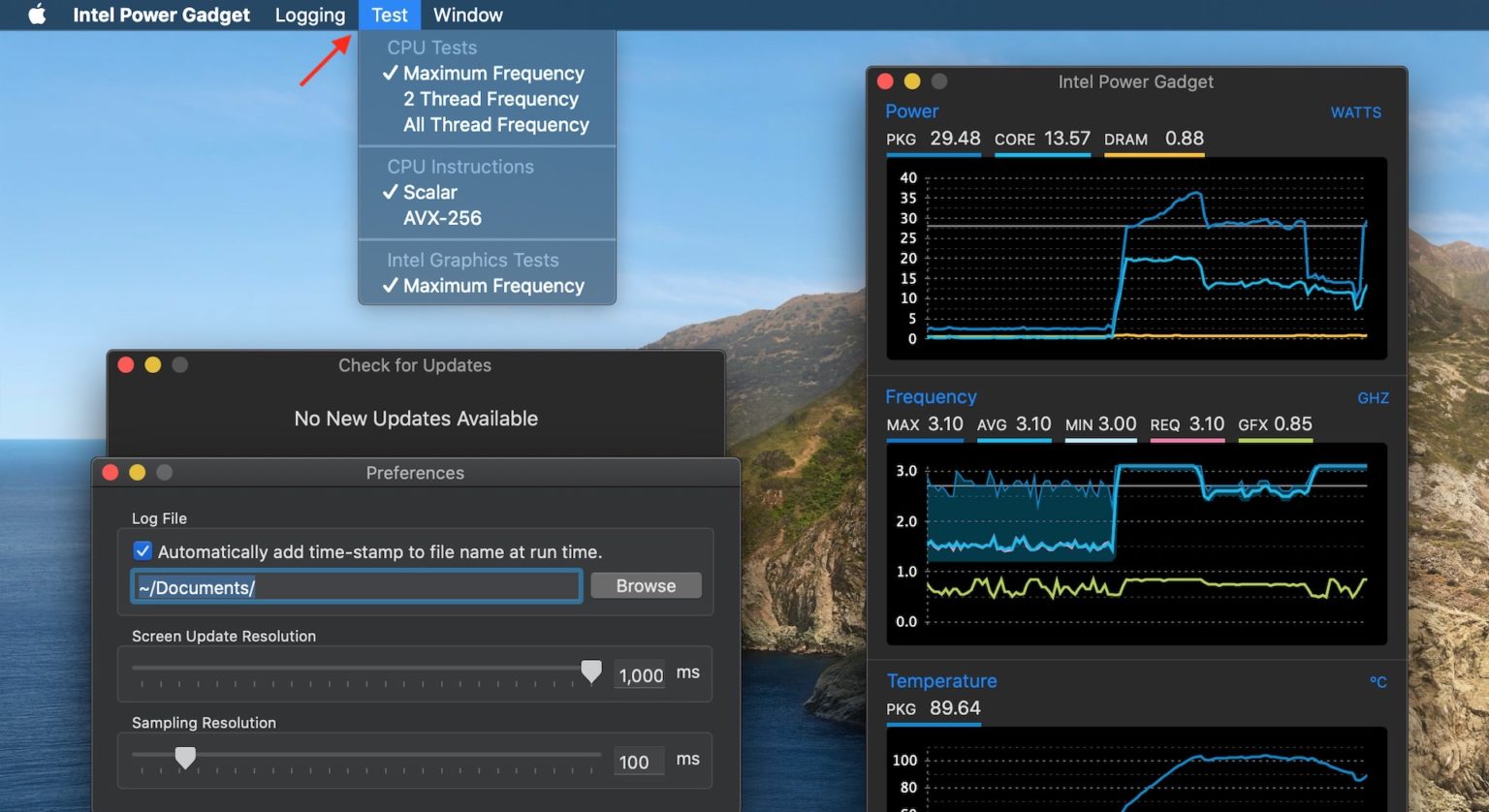
The update restricts access to the RAPL interface only to apps with elevated privileges, making attacks harder to pull off from inside low-level apps. The Linux kernel has also shipped an update. The chipmaker has released today microcode (CPU firmware) updates to block Platypus attacks, which the company has made available to industry partners to include in their products' next security updates.

Intel has also confirmed that some mobile and embedded CPUs are also impacted. Researchers say that Platypus works against Intel server, desktop, and laptop CPUs. The difference is that PlunderVolt is an active attack that modifies power values, while Platypus is a passive attack that infers data just by looking at the power consumption data. However, the two attacks are different, Moritz Lipp, one of the researchers who worked on both Platypus and PlunderVolt, told ZDNet. You can also click Start Log to log all activity.Platypus also differs from PlunderVolt, another attack against the power voltage interface of Intel CPUs. Right-clicking on the app gives you the option to run at startup, always on top or close. A command-line version of the tool is also included. Set of driver and libraries which access and post-process the processor energy counter to calculate the power usage in Watts, temperate in Celsius, and frequency in GHz.

Intel Power Gadget consists of the following components. The motivation for the tool was to assist end-users, ISV’s, OEM’s, developers, and others interested in a more precise estimation of power from a software level without any H/W instrumentation. Traditional methods to estimate power/energy usage of the processor have always been cumbersome tasks that included special-purpose tools or instrumentation on the platform and third-party equipment. Intel Power Gadget is a software-based power usage monitoring tool enabled for Intel Core processors (from 2nd Generation up to 10th Generation Intel Core processors).


 0 kommentar(er)
0 kommentar(er)
